
Nanoleaf created an LED lightbulb two times more efficient than those made by larger competitors. Not a small feat when those competitors have been making light bulbs for over a century. All this in a unique package that stands out as well as it fits into the space once housing the traditional light bulb.
A Better Bulb:
Like many people, I’ve never been a fan of compact fluorescent lights (CFLs). The cost and power savings are undeniable, but after many revisions to the design by mammoth companies like General Electric and Philips the quality of light never quite manages the natural glow of incandescent lighting. There’s also no easy way to recycle CFL bulbs, and the mercury inside might end up in a landfill. LED lighting has evolved much faster than CFLs have, so some of the most clever products come from start-ups like Toronto-based Nanoleaf.
Boasting twice the efficiency over comparable LED lights and packaged in an eye-catching ‘bulb,’ Nanoleaf has a variety of solutions for lighting in the home. The Nanoleaf One (once called ‘NanoLight’) launched on Kickstarter in 2013 to an overwhelming response. While the first LED bulbs on the market were only powerful enough to replace a 40-watt bulb, the Nanoleaf One provides the same amount of light as a standard 75w, 100w or even 115w incandescent bulb.

Setting three LEDs on each of 11 sides, the light cast by a Nanoleaf One is as soft as a the glow from an incandescent. The light is omnidirectional, so there are no hot-spots on the walls. The bulb stays pretty cool and is safe to use in any enclosure. After having one light my dining room for a few hours, I was able to grab and hold the bulb. I won’t lie; it’s hot but not so much that I couldn’t remove it from the socket while it’s powered.
Reinventing the Bulb:
In a conversation with Gimmy Chu, the CEO and one of the three equally important founders of Nanoleaf, he explained a bit of the history behind the Nanoleaf One. The three founders met at University of Toronto on the Blue Sky Solar Racing team. After finding success there, they continued working on new ideas to create and use power more efficiently. Their first successful product was the Nanoleaf One, so they continued to build on the idea. While they had the most power-efficient bulb on the market, they still wanted to find a way to make it use even less power.

The solution was simply in creating less light. While this is the first LED bulb I’ve used that can match a 100-watt bulb in lumens, that much light isn’t always needed or desired. With testing, they found that they could reduce power consumption exponentially just by building the dimming function right into the bulb.
While it can glow as bright as the Nanoleaf One, when dimmed to half the light the Nanoleaf Bloom uses only one-quarter the power.
Nanoleaf Bloom Dimming Solution:
When you first turn on the Nanoleaf Bloom it takes about three to four seconds to reach full brightness. During this time, you can quickly flick the switch off-on to set the brightness level. If left alone, it will continue to brighten until the room is full of light. Once at full power, you have the option to dim it down again by flicking off-on. This time you have about 10 seconds as the light gradually dims down. One more quick flick off-on will lock it in. If left alone, the bulb stops at its lowest setting where it can be an effective nightlight.

I tried using the Nanoleaf Bloom in a desktop lamp with a twist switch. I found it tricky but not impossible to operate. The odd angle one must position themselves in order to use a twist switch makes an in-bulb dimmable solution more trouble than it’s worth. Stick with a 40- or 60-watt equivalent bulb (more on those possibilities later).
Gimmy Chu explained the in-bulb solution is more than a workaround for those of us who don’t want to spend the time or money installing a dimmer switch. A dimmer switch cuts AC power in a way that creates gaps in power. While this is fine for incandescent bulbs, off-the-shelf LED bulbs need to work around these gaps. The power savings are only linear as half the light requires half the power.
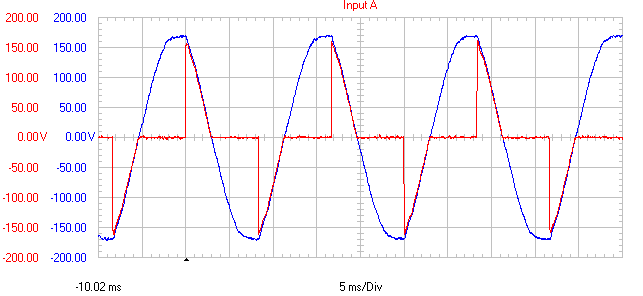
By building the solution directly into the Nanoleaf Bloom’s electronics, power can be smartly managed in a way that reduces power consumption exponentially.
In layman’s terms, Nanoleaf created their own solution to dimmable LED bulbs instead of bootstrapping a solution onto older technology. This allows for Nanoleaf Bloom to only use one-quarter the power while generating a full half of the bulb’s maximum capacity.
That Shape:
The shape of the bulb stands out. My family has been testing it in our dining room. It distracts my two-year old son during dinner. He points at it, says “pretty!”, and I worry about my son staring at 1200 lumens of laser LEDs. If you want something with less light, still has that conversation-starting shape, but doesn’t become a centerpiece of the room, look at the Nanoleaf Gem series. With bulbs creating 40- or 60-watt equivalent light, that glow is even softer when contained in frosted glass.
The dodecahedron shape remains with the Nanoleaf Gem, but more as a branding identity. This is the bulb that would work best in a desk or table lamp, or in a bare-bulb design in place of Edison bulbs.
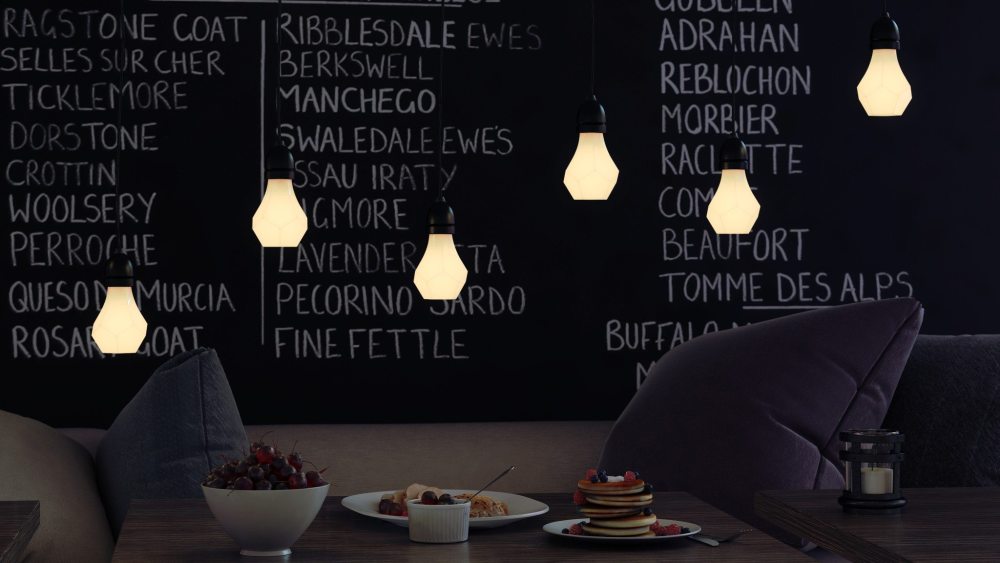
Value:
This might be the best LED bulb on the market but it isn’t the cheapest. Relying on quality parts has a cost. For example, the use of copper heatsinks results in a cooler bulb and longer lifespan. However, competitors that use cheaper aluminum heatsinks are able to create a lower-cost product.
While you can save 85-90% of your power consumption, the packaging claims a conservative cost of $1.20 per year. Each bulb’s product page on the Nanoleaf site has a savings chart that estimates close to $10 savings per bulb per year.

I did my own calculations. I have the dining room light on for dinner two hours a night. As it’s a source of light on the main floor in my house, I can set it to 50% brightness (but 1/4 the power consumption) for another three. Taking into account time-of-day price fluctuations, it costs $0.90 to power the bulb over the year, whereas a 75-watt incandescent would cost about $11. Using a 15-watt CFL under the same circumstances is a little over two dollars per year.
The $10 per year on the website seems to be accurate. At any rate (and for the convenience of never having to change bulbs again), $40 is still a smart investment over incandescent. Value will depend on how much you use the light and how much power costs in your region. You will have to do your own math to figure out if the cost is worth it.
Update: An eagle-eyed reader (and Nanoleaf Kickstarter supporter) caught the fact that the $1.20 is in reference to estimated cost per year, not savings per year as earlier stated. You’ll still need to do your own calculations to find how much you can save.
More on the Horizon:
While the dodecahedron shape is reminiscent of a traditional incandescent bulb, the size is slightly too large to be certified by EnergyStar™. Nanoleaf’s next bulb to the market will be the Nanoleaf Ivy. With one LED on each of the sides instead of three, it gives off the same amount of light as a 60-watt incandescent. Nanoleaf is also pushing to make this one EnergyStar™ Certified, so you can replace your old lighting with help from government rebates. The biggest feature to set it apart is this will be Nanoleaf’s first wireless smart bulb.

The Internet of Things (IoT) market is still in its infancy and there are many, many home automation protocols out there vying to become the universally accepted standard. Nanoleaf plans to release a bulb that will work with a wide variety of them including Zigbee, Wink, SmartThings, Time Warner, and Rogers. Odds are good it will work with whatever system you will use.
Nanoleaf is also working on two spotlight bulbs. I saw the PAR38 model in action in Nanoleaf’s boardroom. The light generated is soft, warm, and gives no indication that it’s an LED except for the lack of intense heat.
They were also working on other innovations I wasn’t allowed to see. When their direct competition is century-old multinationals like General Electric and Philips, I can’t blame them for being a bit secretive. Even still, I saw more 21st-century lighting innovation in that one little Toronto office than I have ever seen down the hardware store lighting aisle.
Conclusion:
While the Nanoleaf One, Nanoleaf Bloom, and Nanoleaf Gem are currently available through the company’s website, the Nanoleaf Gem is also available for sale through select interior designers. Following the extremely successful Kickstarter crowdfunding campaigns for the first two bulbs, the Nanoleaf Ivy smart bulb will be launching its own shortly.
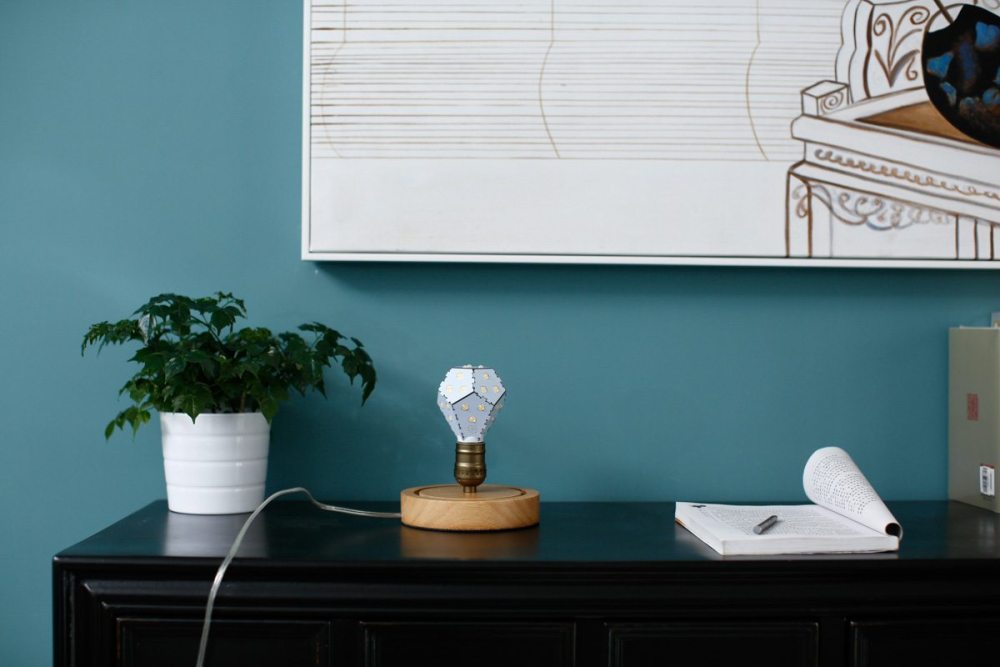
The early electric and hybrid cars on the road all had unique shapes, styles, and even paint colors. Car manufacturers learned that people who were making Green buying decisions wanted to make sure that everyone else knows that they invested in a Earth-friendly product.
The Nanoleaf line of bulbs does that for LED lighting. From a glance, no one has to ask if it’s an LED bulb. Yet unlike fluorescent,which announces itself with harsh and cold light quality, the Nanoleaf LED bulbs create warm and incandescent-quality light. The continual innovation by the company results in a small but clever line of options that will be growing in the coming year.
Nanoleaf provided a Nanoleaf Bloom for testing, but the author’s opinions are his own.
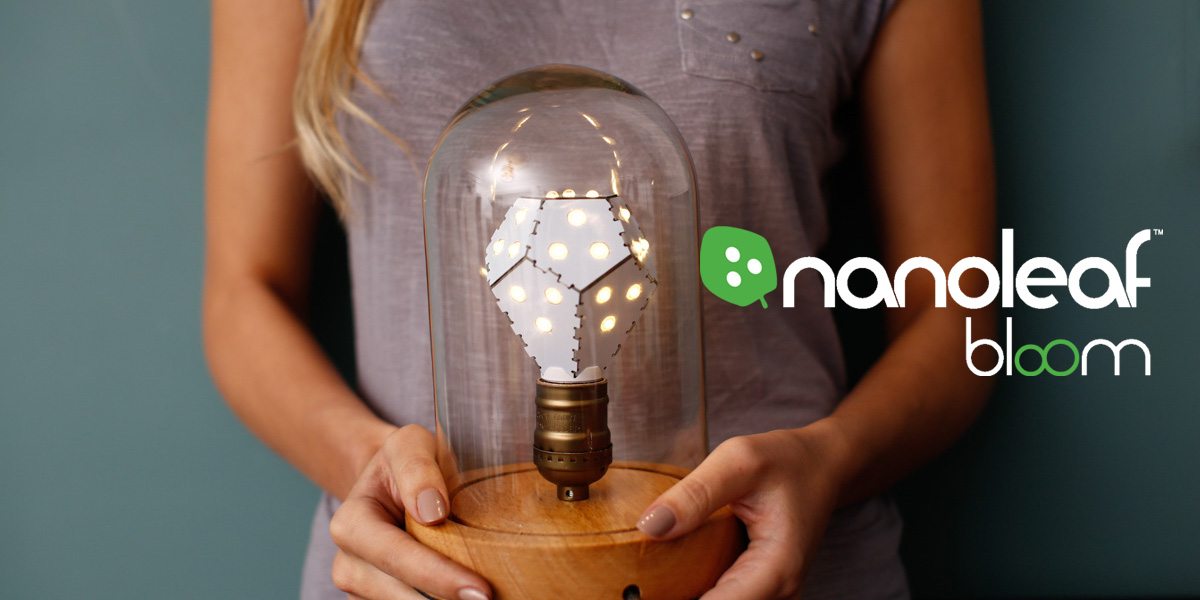


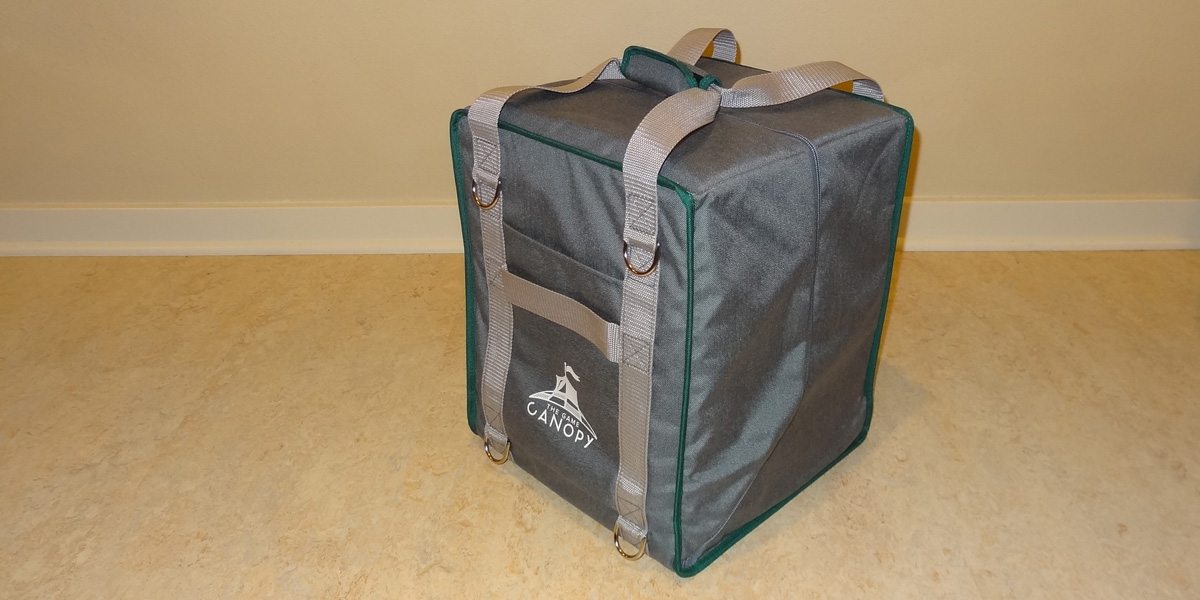

The packaging says that $1.20 is your estimated yearly COST, not savings. That would be the reason for the confusion, I think.
I backed the Kickstarter, and the Nanoleaf is a great bulb. Ultimately, it’s just not something that I’m going to light my whole house with; the upfront cost is too high. Disregarding the price, it’s a great product.
Ah HA! You’re right. Thanks for catching that.
Having used it for a longer stretch of time, have you forgotten that it’s LED-generated light in the room or do you find the light quality noticeably different from incandescent?
If I’m going to pay for a premium LED bulb I expect it to have a CRI higher than 90. 80+ isn’t good enough.
Subjectively I found no fault in the quality of light, but I agree that it would be preferable to replace a full-spectrum incandescent with a full-spectrum (as possible) LED. It doesn’t look like they’re doing anything new to the Nanoleaf Ivy that way, but the PAR38 and MR18 lights coming out claim >90 CRI.
120L/W is great, and better than other bulbs on the market, but it’s NOT twice as efficient as other bulbs. Let’s compare it, for instance, to the new Phlips 8.5W, 800 L, (60-W equivalent) bulbs, selling for $4.97/2 at Home Depot (identified as 8.5A19/LED/827 ND). This is 94 L/W, with a much better lumens/dollar ratio. So if you like the Nanoleaf, that’s great, but it’s not a best buy.
You’re right. The Philips 8.5w is a new product and manages to beat the current Nanoleaf products in lumens per watt. The efficiency comes out when you compare it to other 100+ watt-equivalent products (of which there aren’t many). Only 12 watts to power 1800 lumens in the first-generation Nanoleaf One was impressive at the time.
Comparing newer technology, the Nanoleaf Ivy will be a 60 watt equivalent at 7 watts. Still way more expensive than the mass-produced 2/$5 bulbs at Home Depot, but comes with more features.
Thanks for checking the math!
Yes, the new products are coming out so fast, it’s hard to keep track of them.